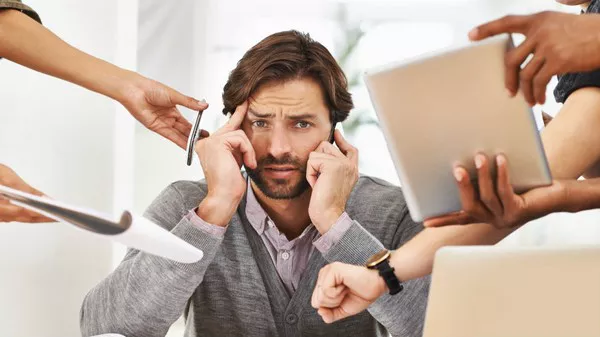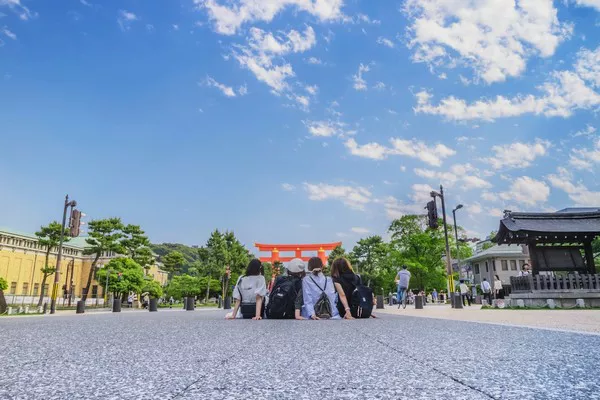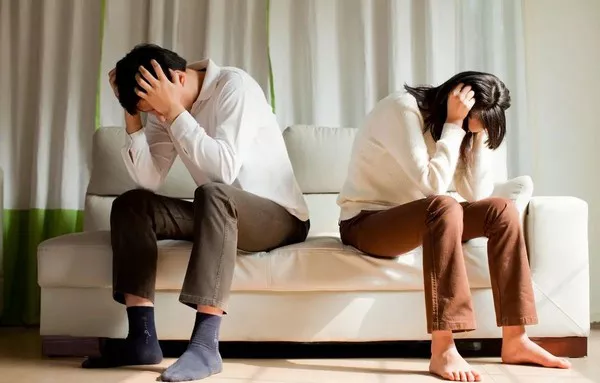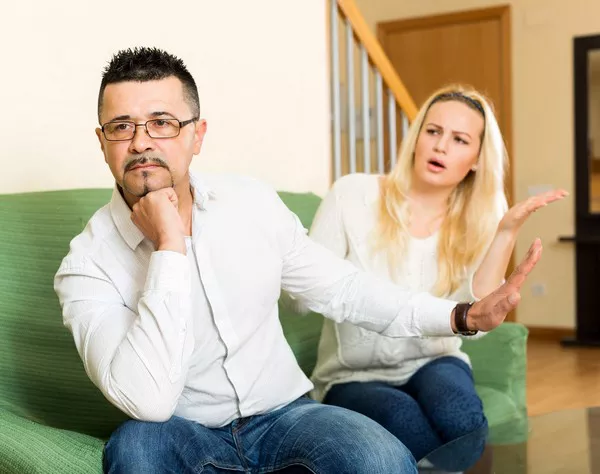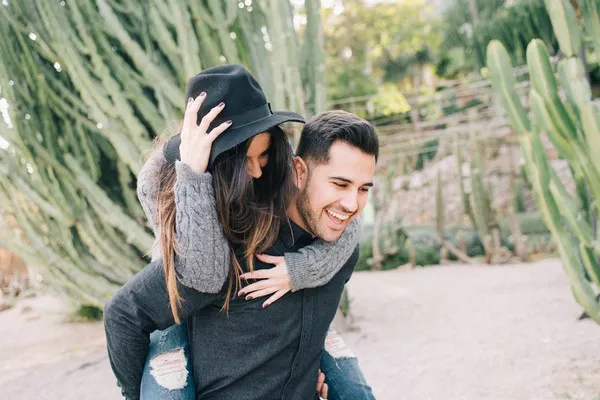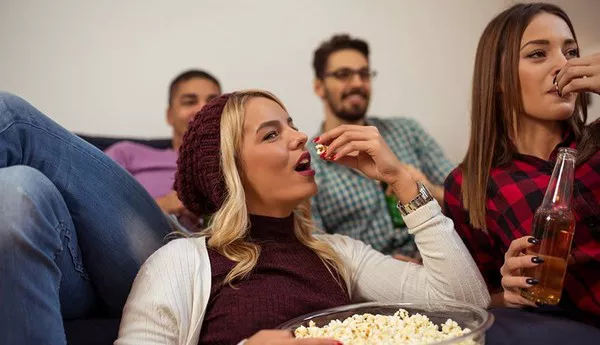In today’s society, building genuine friendships is essential for everyone. For gay individuals, having a best friend who understands and supports them can provide emotional backing and valuable advice when facing life’s challenges. This article explores how to find and maintain a gay best friend, from a psychological perspective, helping you build deep relationships in a complex social environment.
Understanding the Uniqueness of Gay Friendships
Gay friendships are distinct in emotional depth and mutual understanding. Research shows that gay individuals tend to form deeper emotional bonds in friendships because they often experience more self-identification and social adaptation challenges during their upbringing. These shared experiences allow them to resonate and support each other in unique ways.
The Power of Shared Experiences
Gay individuals may face multiple challenges in life, such as societal, familial, and personal identity struggles. These experiences foster the creation of deeper emotional connections in friendships. By sharing their stories and feelings, they can find understanding and support from one another, which strengthens their bond.
The Importance of Emotional Support
When facing life’s pressures and challenges, having a gay best friend who understands you can offer crucial emotional support. Studies show that emotional support helps reduce stress and improves mental health. The emotional backing provided in friendships helps gay individuals cope better with various challenges in life.
Ways to Find a Gay Best Friend
Finding a gay best friend isn’t easy, but there are several ways you can increase the chances of meeting someone who shares similar interests and values:
Participate in LGBTQ+ Community Activities
Attending local LGBTQ+ events such as pride parades, film festivals, and community meetups is an effective way to meet new people. These activities provide an opportunity to connect with others, especially those who share similar experiences with you.
Join Interest Groups and Clubs
Joining clubs or groups related to your interests, such as book clubs, sports teams, or art classes, can help you meet like-minded people. Shared interests provide a natural platform for building friendships.
Use Social Media and Apps
Joining LGBTQ+ groups on social media platforms and specialized apps can help you meet new people in virtual spaces. Through online communication, you can build deeper connections that eventually translate into real-life friendships.
Volunteer for LGBTQ+ Causes
Participating in LGBTQ+ volunteer activities not only contributes to the community but also allows you to meet people who share your values. Through collective efforts, you can form strong bonds with others.
Techniques for Building and Maintaining a Strong Friendship
Finding a gay best friend is just the first step—maintaining that friendship is equally important. Here are some tips to help you nurture and sustain a strong relationship:
Honest Communication
In friendships, honest communication is the foundation of trust and understanding. Sharing your feelings, thoughts, and experiences with each other deepens your emotional connection.
Respect Boundaries
Everyone has their own boundaries and comfort zones. Respecting each other’s limits and avoiding overstepping personal boundaries is essential for maintaining a healthy relationship.
Shared Experiences
Participating in activities together, such as traveling, attending events, or accomplishing tasks, can help strengthen your bond. Shared positive experiences enhance the quality of the friendship.
Stay in Regular Contact
In a busy life, it’s important to stay in touch with friends regularly. Even a simple check-in shows that you care and value the relationship.
Dealing with Challenges and Misunderstandings
Throughout the process of building a gay friendship, you may encounter challenges or misunderstandings. Here are some tips on how to navigate these obstacles:
Facing Social Prejudice
Although society’s acceptance of LGBTQ+ individuals is improving, prejudice and discrimination still exist. When building friendships, you may encounter misunderstandings or bias from others. It is important to stay confident, assert your position, and seek support from those who understand you.
Handling Emotional Entanglements
In close friendships, emotions can become entangled, such as developing romantic feelings or dependence. In such cases, it is crucial to communicate openly and honestly with the other person, clarifying each other’s feelings and boundaries to prevent misunderstandings and hurt.
Dealing with Loneliness
During the search for a gay best friend, you may feel lonely or discouraged. In such moments, maintaining a positive mindset, continuing to engage in community activities, and expanding your social circle will help you meet like-minded individuals.
Conclusion
Finding a gay best friend is a challenging yet meaningful process. By participating in LGBTQ+ community activities, joining interest groups, using social media and apps, and engaging in volunteer work, you can increase your chances of meeting someone who shares your values. When it comes to building and maintaining a friendship, honest communication, respecting boundaries, shared experiences, and staying in regular contact are key. Facing challenges and misunderstandings with confidence and open communication will help you foster strong and lasting friendships. Remember, friendship is a two-way street that requires effort from both sides. With sincerity and persistence, you can find and maintain a gay best friend and enjoy the unique bond that comes with it.
Related topics:


